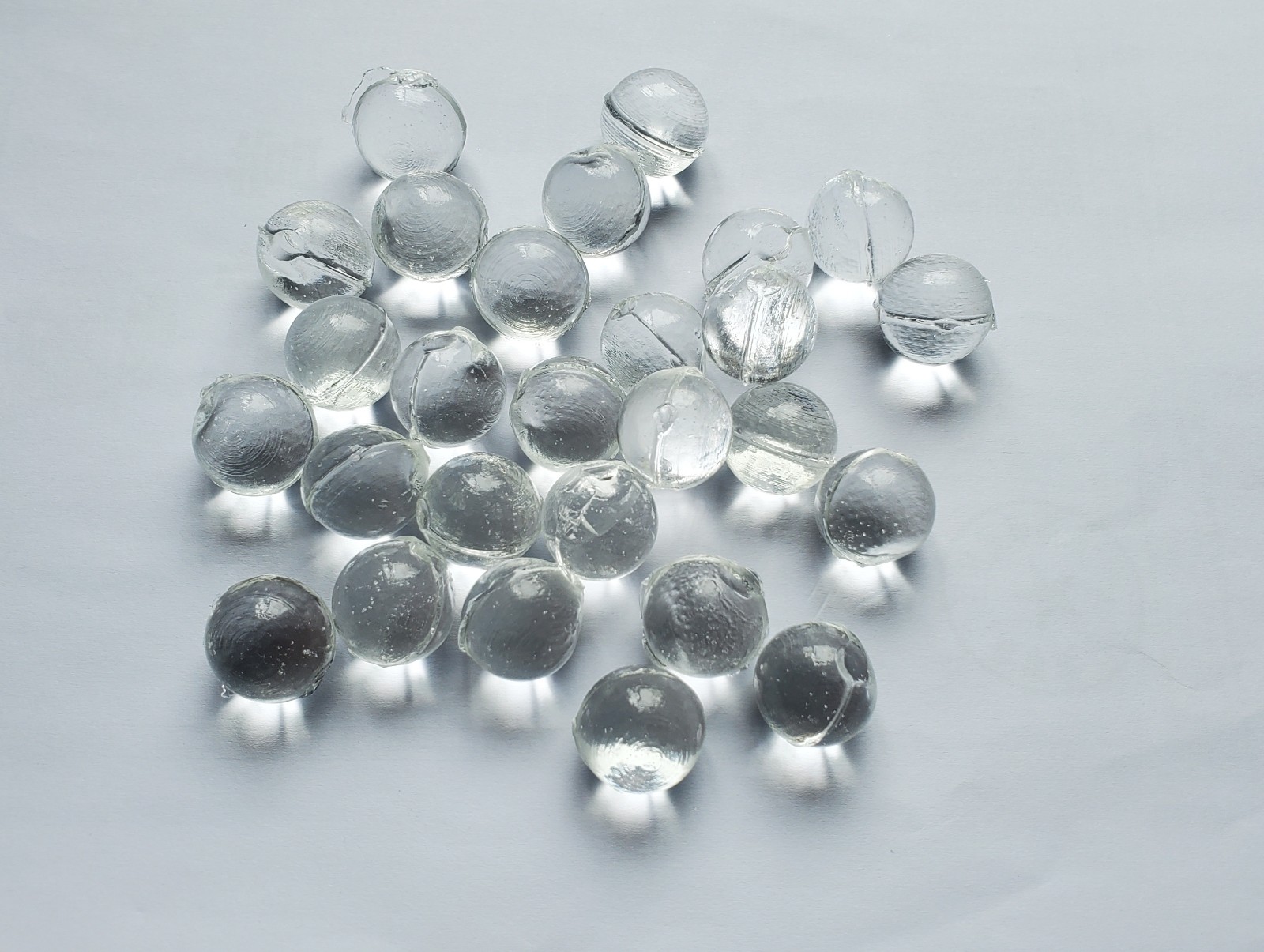Silicon phosphorus crystal: a technological weapon for corrosion and scale prevention

Silicon phosphorus crystal is a glassy spherical crystal composed of polyphosphate and polysilicate. It is made by ultra-high temperature melt polymerization process of 1200-1700℃. Its core value lies in solving two major problems in the water supply system at the same time: "red water" and "yellow water" produced by pipeline corrosion, and increased energy consumption caused by equipment scaling.
In the field of traditional water treatment, corrosion prevention and scale prevention usually require different solutions. The innovation of silicon phosphorus crystal lies in its dual action mechanism:
In terms of scale prevention, silicon phosphorus crystal interferes with the growth of calcium carbonate crystals and controls the speed of crystal nucleus formation, so that calcium and magnesium ions in the water cannot be deposited into scale. More uniquely, it can also produce a chelating reaction on the scale components that have attached to the pipe wall, and remove them with the help of water flow.
In terms of corrosion prevention, its polyphosphate component isolates the chemical reaction between dissolved oxygen and metal ions, forming a self-healing nano-scale protective film on the inner wall of the pipe, thereby preventing the corrosion of iron pipes to form iron hydroxide (the main cause of red water).
This small glass ball with a diameter of less than 2 cm is changing the health of the "blood vessels" of Chinese buildings. Driven by technology and demand, the transformation of the water treatment industry from "end purification" to "full protection" has quietly begun.
